U.S. wildlife officials have a new plan to save the spotted owl from extinction. The US officials propose to kill half a million owls on the West Coast. These barred owls have invaded the territory of the smaller spotted owls, pushing them out of their natural habitats.
The strategy involves trained shooters who will use specific techniques to selectively reduce the barred owl population.
This drastic measure has sparked a heated debate among the public. Supporters argue it is a necessary action for the conservation of the spotted owls.
Critics, however, strongly oppose the plan, suggesting that it could do more harm to the ecosystem than good. This deep division makes the plan highly controversial and a subject of significant discussion.
The Battle Of The Owls
Barred owls are larger and more aggressive than spotted owls. They have large broods and need less room to survive.
This has made it hard for the spotted owls to compete. The U.S. Fish and Wildlife Service has been trying to protect spotted owl habitats for years.
These efforts slowed the birds’ decline by fighting over logging in their forest homes. However, the rising number of barred owls is undoing that progress.
“Without actively managing barred owls, northern spotted owls will likely go extinct in all or the majority of their range, despite decades of collaborative conservation efforts,” said Kessina Lee, Oregon state supervisor for the Fish and Wildlife Service.
This challenge has forced officials to consider more direct actions to save the spotted owl.
Controversial Conservation Tactics
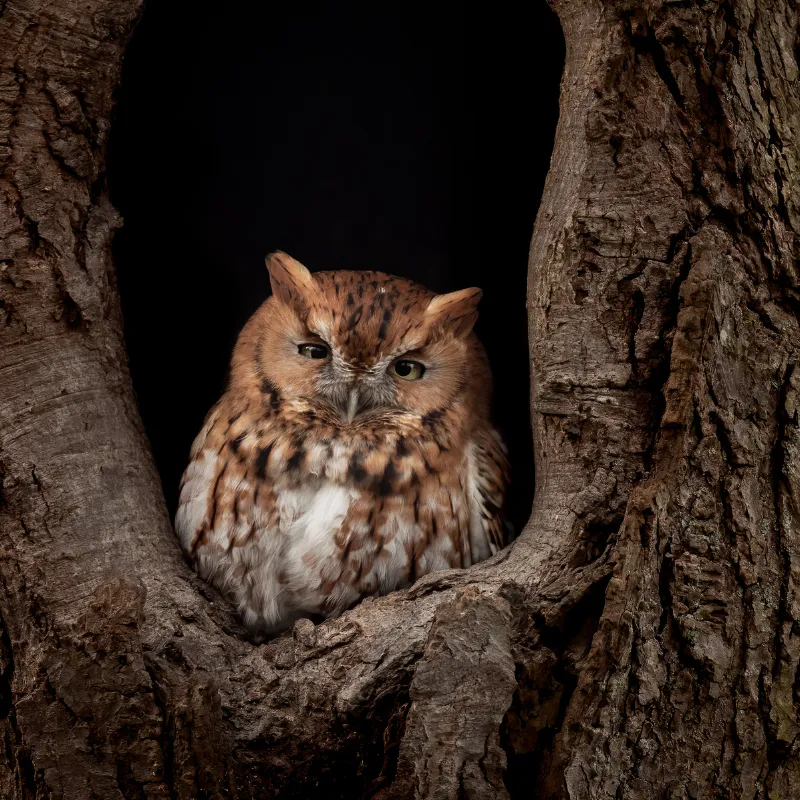
The plan to reduce barred owl numbers involves using megaphones to play recorded owl calls. This lures them into specific areas where they can be shot with shotguns. The carcasses are then buried on site.
Robin Bown, barred owl strategy leader for the Fish and Wildlife Service, stated that approximately 4,500 barred owls have been removed since 2009.
This includes populations in California’s Sierra Nevada, where barred owls have only recently arrived.
The goal in these new areas is to prevent barred owl populations from establishing themselves.
In places where barred owls are more established, the focus is on reducing their numbers, though complete removal is unlikely.
This approach has garnered support from several conservation groups, including the American Bird Conservancy.
Consequences And Challenges
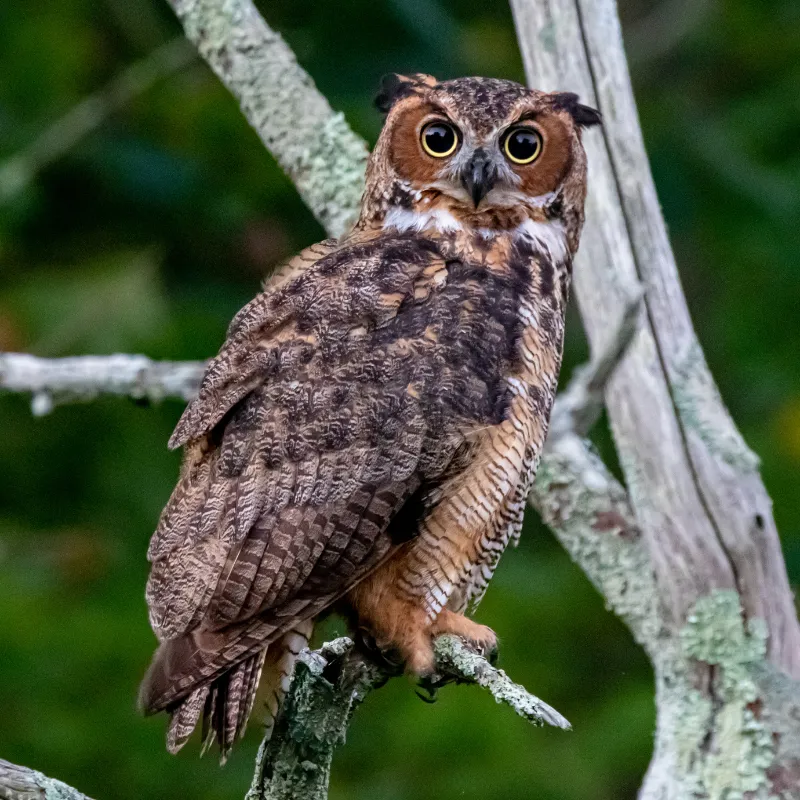
The plan to cull barred owls aims to protect the spotted owl but also offers broader ecological benefits. “As the old forests are allowed to regrow, hopefully coexistence is possible and maybe we don’t need to do as much” shooting, said Steve Holmer, Vice President of the American Bird Conservancy.
This approach is designed to minimize the impact on barred owl populations, reducing them by less than 1% annually. This is in stark contrast to the potential extinction of spotted owls if no action is taken.
Tom Wheeler, director of the Environmental Protection Information Center, noted that removing barred owls could also aid other species they prey on, like salamanders and crayfish.
The upcoming final environmental study will open a 30-day comment period before a decision is made, giving the public a chance to influence the outcome.

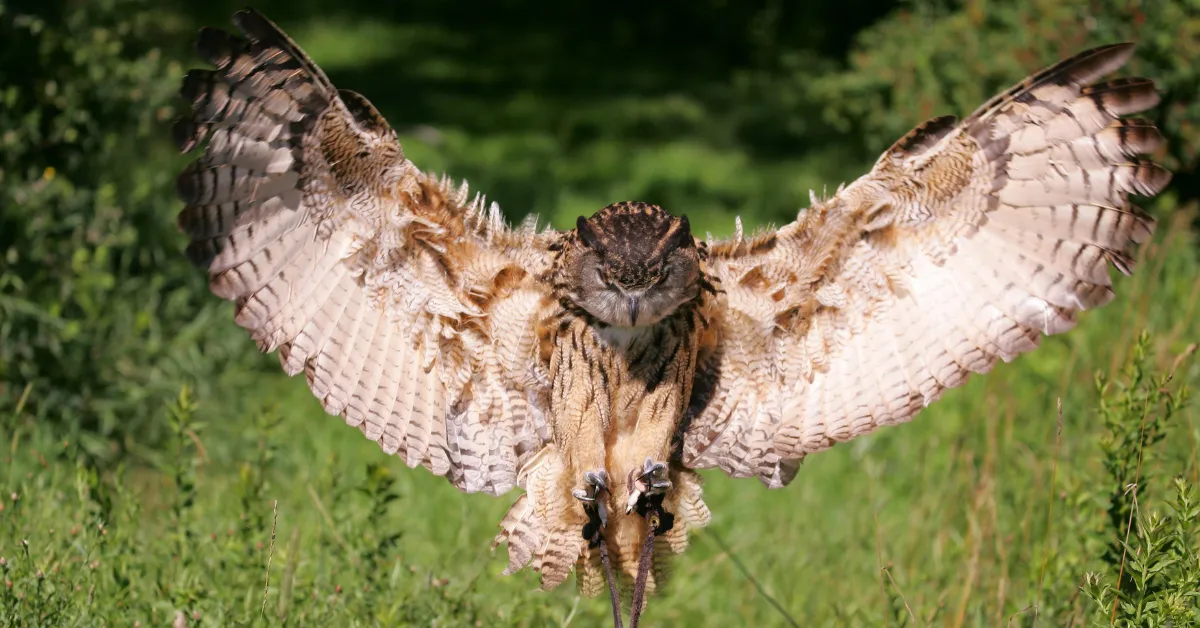
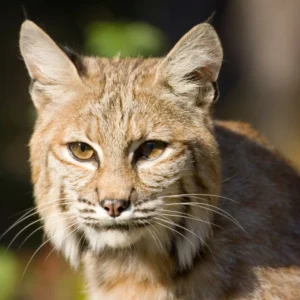

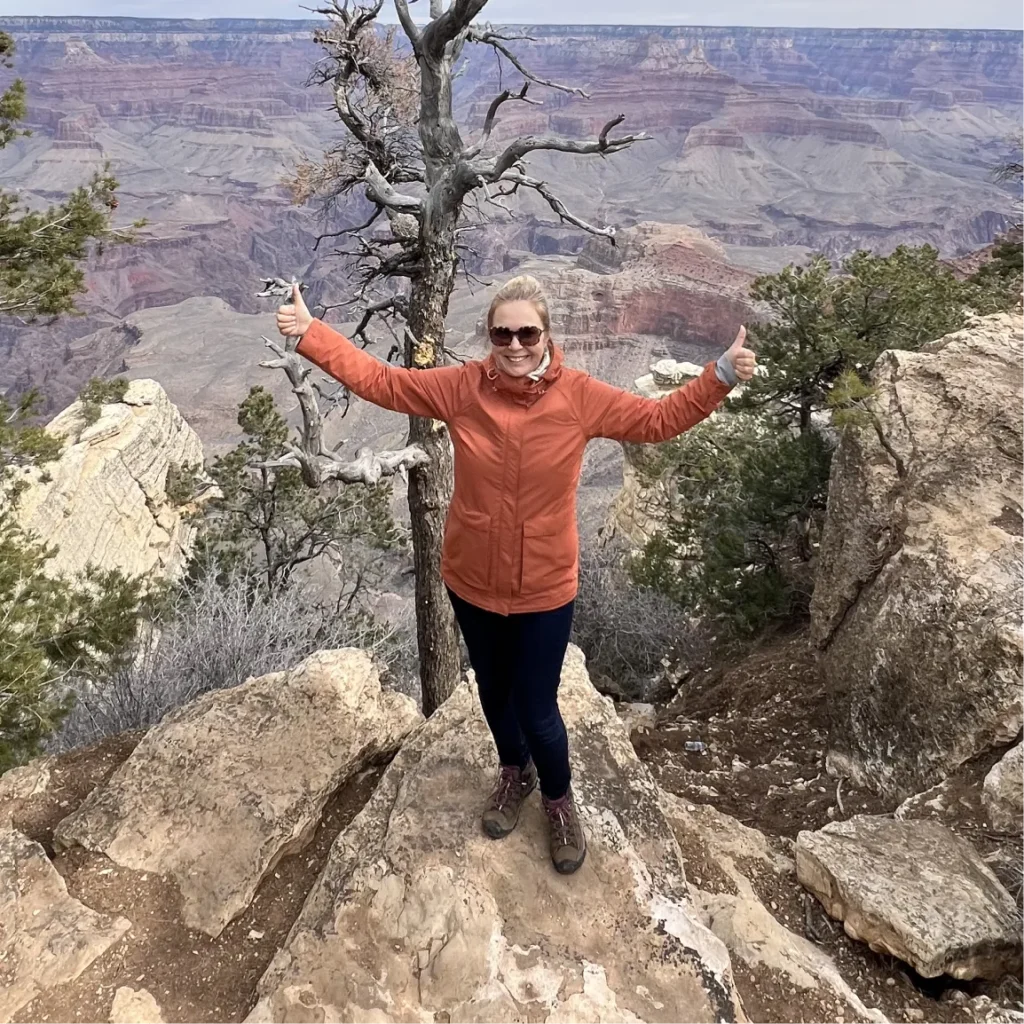

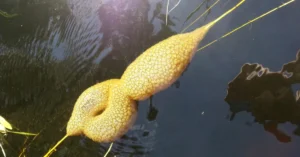

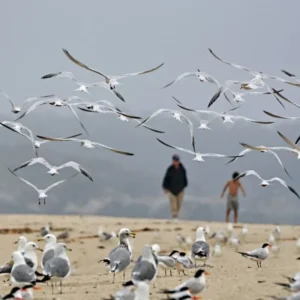


8 thoughts on “US To Kill Half A Million Owls In Radical Conservation Effort–Necessary Evil Or Overstep?”
Hey, really intrigued by the battle of the owls piece. How do you think this tension between barred and spotted owls will evolve? Do we have strategies to balance things out or is it more of a let-nature-take-its-course situation?
Interesting question, SkyWatcher22. There’s a lot being done in terms of conservation efforts to save the spotted owl, but it’s a complex issue. Habitat preservation is key, but there are controversial tactics being considered, too.
Great point! It’s all about finding that balance. Every little effort counts in conservation. Love seeing these discussions.
i gotta say its fascinating how barred owls are changing the game for conservation efforts. didn’t realize how tough it must be for those smaller spotted owls to cope. think there’s a way to balance things out?
interesting point. it’s a real dilemma. sometimes interventions can create new problems. balancing ecological systems is super complex.
but aren’t we supposed to protect all wildlife? why favor one over the other? feels kinda wrong.